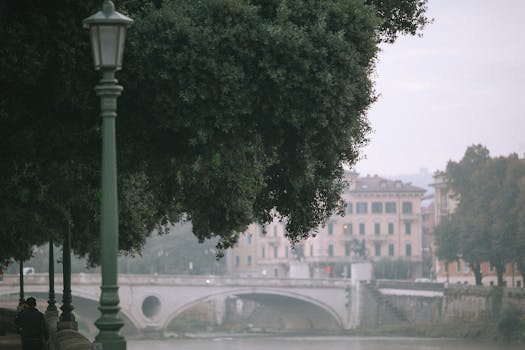
Urban Green Spaces: The Future of Outdoor Living in European Cities by 2025
Urban green spaces are becoming increasingly important in European cities, and for good reason. Urban green spaces are not only beautiful, but they also provide numerous benefits for both the environment and the people who live in these cities. In this article, we will explore the importance of urban green spaces and how they will shape the future of outdoor living in European cities by 2025.
What are Urban Green Spaces?
Urban green spaces refer to any area in a city that is covered in vegetation, such as parks, gardens, and green roofs. These spaces can be small or large, and they can be publicly or privately owned. Urban green spaces can be found in a variety of locations, including residential areas, commercial districts, and industrial sites.
Benefits of Urban Green Spaces
Urban green spaces provide numerous benefits for both the environment and the people who live in cities. Some of the benefits of urban green spaces include:
- Improved air quality: Urban green spaces can help to reduce air pollution by absorbing pollutants and releasing oxygen.
- Reduced noise pollution: Urban green spaces can act as a buffer against noise pollution, making cities more pleasant to live in.
- Increased biodiversity: Urban green spaces can provide habitats for a variety of plants and animals, helping to increase biodiversity in cities.
- Improved mental health: Spending time in urban green spaces has been shown to improve mental health and reduce stress levels.
- Increased property values: Urban green spaces can increase property values by making areas more desirable to live in.
The Future of Outdoor Living in European Cities
By 2025, urban green spaces are expected to play an even more important role in European cities. As cities continue to grow and urbanize, the need for green spaces will become increasingly important. Some of the ways that urban green spaces will shape the future of outdoor living in European cities include:
- Increased use of green roofs: Green roofs will become more common in European cities, providing additional green space and helping to reduce energy consumption.
- More parks and gardens: European cities will invest in creating more parks and gardens, providing citizens with more opportunities to enjoy the outdoors.
- Green infrastructure: European cities will invest in green infrastructure, such as green walls and urban forests, to help mitigate the effects of climate change.
- Sustainable urban planning: European cities will prioritize sustainable urban planning, incorporating green spaces into urban design to create more livable and sustainable cities.
Conclusion
In conclusion, urban green spaces are a vital component of European cities, providing numerous benefits for both the environment and the people who live in these cities. By 2025, urban green spaces will play an even more important role in shaping the future of outdoor living in European cities. As cities continue to grow and urbanize, the need for green spaces will become increasingly important, and European cities will prioritize sustainable urban planning and green infrastructure to create more livable and sustainable cities.





